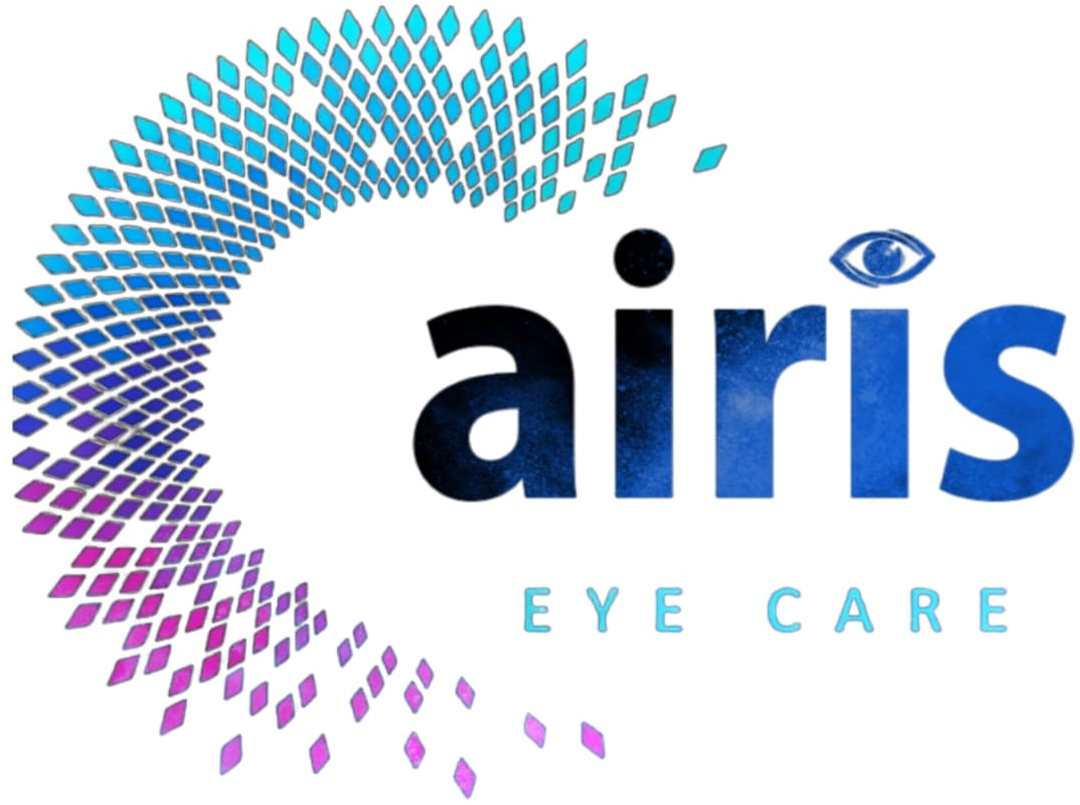Hello everyone, and welcome to the Airis Eye Care blog! As an optometrist at Netralayam Eye Hospital and here at my clinic in Falta, I often encounter patients with a common yet often misunderstood condition: dry eye. It’s a chronic issue that can significantly impact your daily comfort and vision. Let’s explore what dry eye is, why it happens, how to recognize it, and most importantly, how we can manage it effectively.
What is Dry Eye?
Dry eye occurs when your eyes don’t produce enough tears or when the tears they do produce are of poor quality. Tears are essential for keeping your eyes healthy, moist, and comfortable. They provide lubrication, wash away foreign particles, and even help to protect your eyes from infection. A healthy tear film has three layers:
- An oily (lipid) layer: The outermost layer, produced by the meibomian glands in your eyelids. This layer prevents tears from evaporating too quickly.
- A watery (aqueous) layer: The middle and thickest layer, produced by the lacrimal glands. This layer provides moisture and nutrients to the cornea.
- A mucus (mucin) layer: The innermost layer, produced by goblet cells in the conjunctiva. This layer helps the tear film spread evenly over the eye’s surface.
A problem with any of these layers can lead to dry eye.
Common Causes of Dry Eye
Dry eye is a complex condition with a variety of causes. Some of the most frequent culprits I see in my practice include:
- Environmental Factors: Spending too much time in air-conditioned or heated environments, or being exposed to wind, smoke, or dry climates can accelerate tear evaporation.
- Prolonged Screen Time: In our digital age, this is a major factor. When we use computers, phones, or tablets, we tend to blink less frequently, which disrupts the natural spread of tears and leads to dryness.
- Aging: Tear production naturally decreases as we get older, making dry eye more common in individuals over 50.
- Medical Conditions: Certain systemic diseases like rheumatoid arthritis, lupus, and Sjögren’s syndrome can be associated with dry eye.
- Medications: Many common medications, including antihistamines, decongestants, antidepressants, and certain blood pressure medications, can have dry eyes as a side effect.
- Contact Lens Wear: While contact lenses offer great vision, improper use or certain types of lenses can contribute to dry eye symptoms.
- Hormonal Changes: Women, especially during pregnancy, menopause, or while using birth control, may experience dry eye due to hormonal fluctuations.
- Eyelid Problems: Conditions like blepharitis (inflammation of the eyelids) can clog the meibomian glands, leading to an unstable tear film.
Recognizing the Symptoms
The symptoms of dry eye can range from mild to severe and may include:
- A stinging, burning, or scratching sensation in your eyes.
- A feeling of a foreign object or “grittiness” in your eyes.
- Redness and irritation.
- Light sensitivity (photophobia).
- Blurred vision, especially after reading or screen use.
- Difficulty wearing contact lenses.
- Watery eyes (this might seem contradictory, but it’s a reflex to irritation from dryness).
Effective Management and Treatment
The good news is that dry eye can be effectively managed with the right approach. At Airis Eye Care, we conduct a thorough evaluation to identify the specific cause of your dry eye and create a personalized treatment plan. Our strategies often include:
- Artificial Tears: The most common and effective initial treatment. I recommend specific lubricating eye drops based on the type of dry eye you have.
- Lid Hygiene: For those with meibomian gland dysfunction (MGD) or blepharitis, warm compresses and eyelid scrubs are crucial to unclog glands and improve tear quality.
- Lifestyle Modifications:
- Blink more often: Consciously remind yourself to blink, especially when using digital devices. I often suggest the 20-20-20 rule: every 20 minutes, look at something 20 feet away for 20 seconds.
- Stay hydrated: Drinking plenty of water is vital for overall eye health.
- Use a humidifier: In dry environments, a humidifier can add moisture to the air.
- Wear protective eyewear: Sunglasses and wraparound glasses can shield your eyes from wind and dust.
- Prescription Medications: In more severe cases, we may prescribe anti-inflammatory eye drops or other medications to increase tear production.
- Punctal Plugs: These tiny, biocompatible devices are inserted into the tear ducts to block drainage and keep tears on the eye’s surface for longer.
- Nutritional Supplements: Omega-3 fatty acids, found in fish oil and flaxseed, have been shown to improve the oil layer of the tear film.
Don’t let dry eye get in the way of your comfort and vision. If you are experiencing any of these symptoms, please schedule an appointment with me at Airis Eye Care. Together, we can find the right solution to keep your eyes healthy, happy, and well-lubricated.
Stay tuned for more insights into eye health!
Dr. Abir
Optometrist, Netralayam Eye Hospital & Airis Eye Care, Falta
